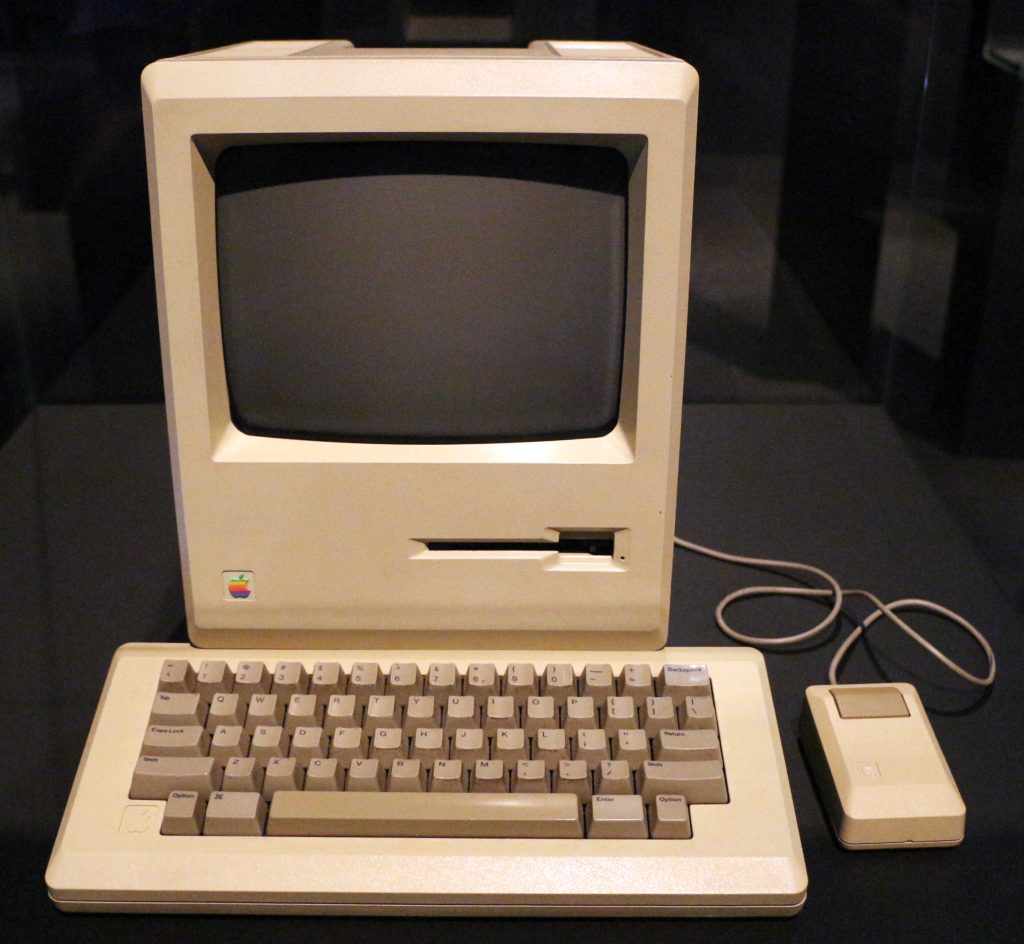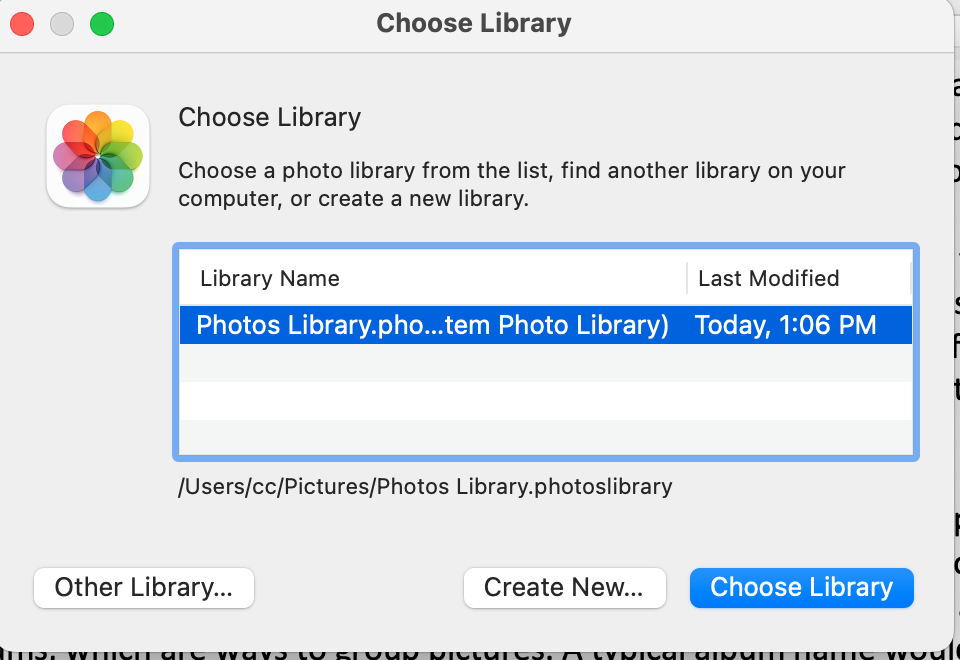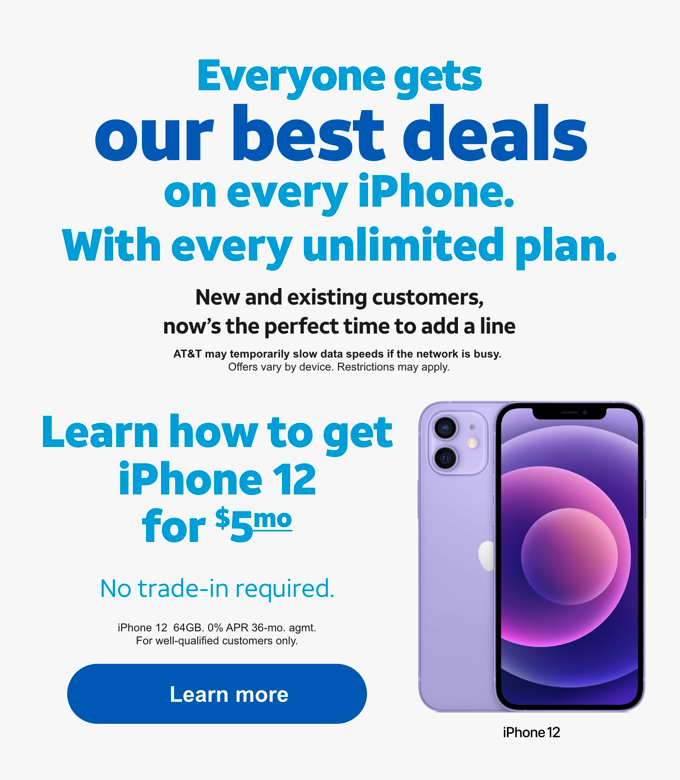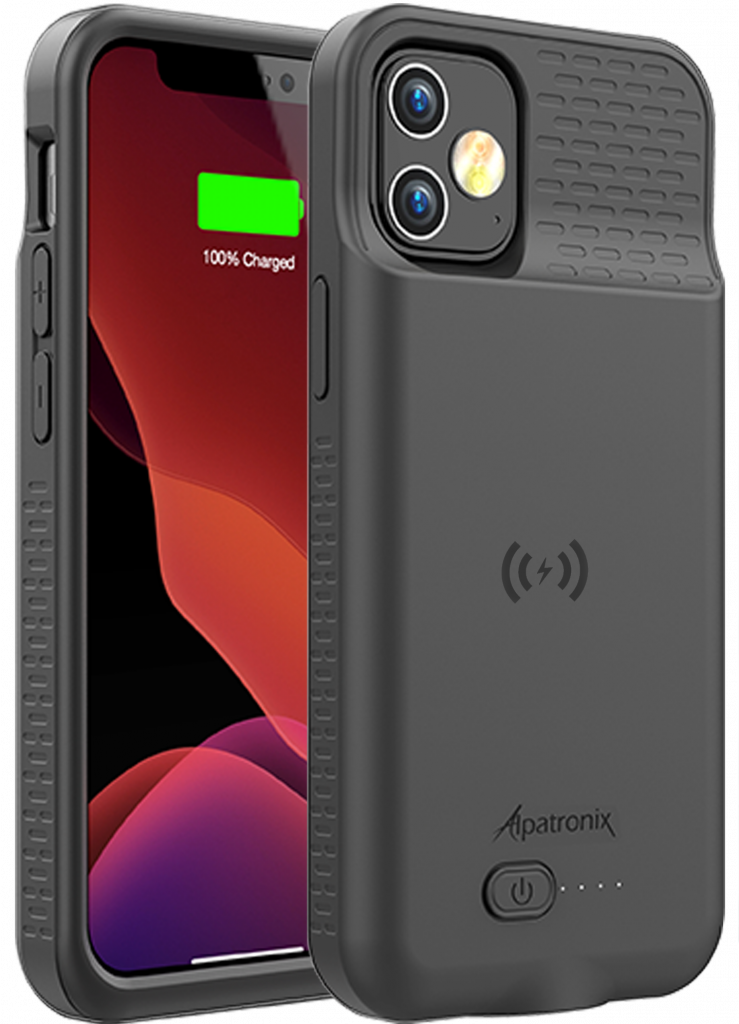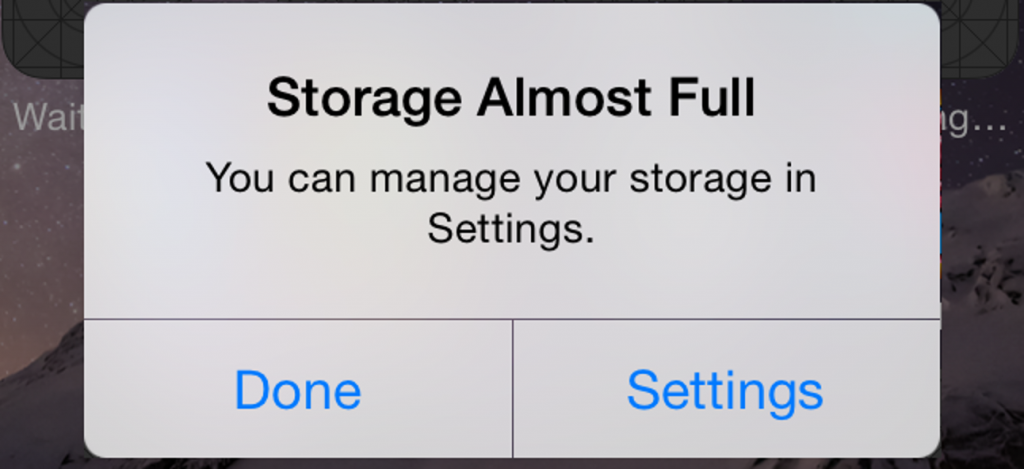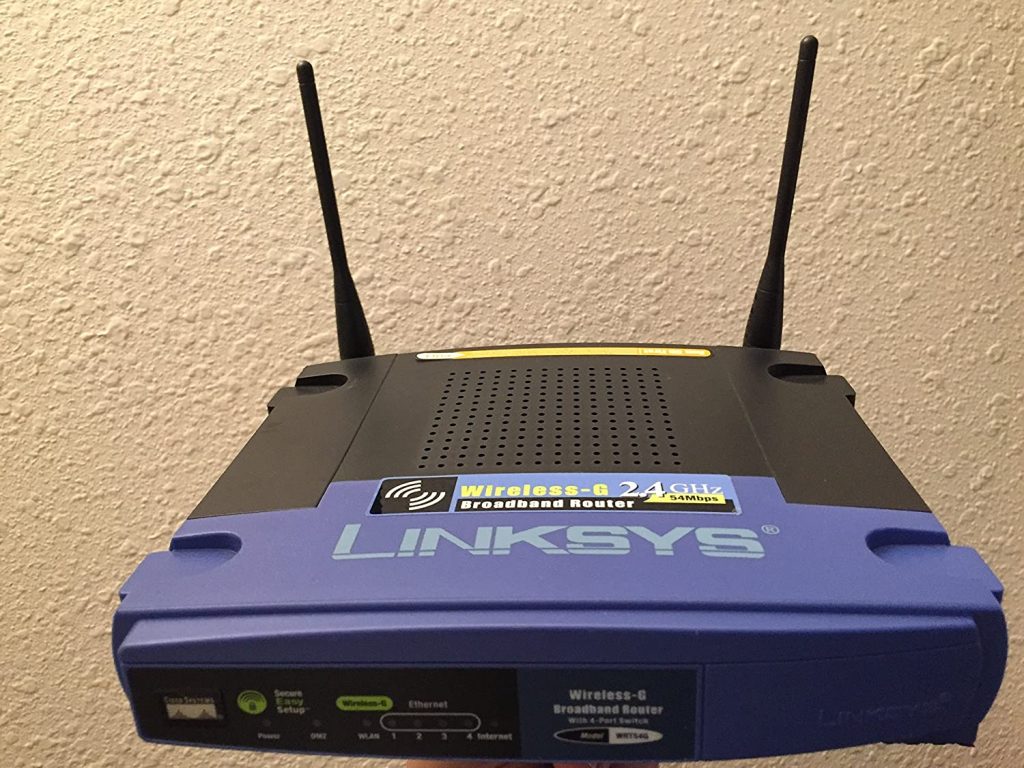September 6, 2022
Are You Using Yesterday’s Email Provider Today?

Of course, you have an email account. (Or perhaps more than one.) And, you’ve probably had it for years and years and have used it as your login for many sites. But have you thought about your email domain lately? (The domain – or suffix – of any email address is the portion after the “@” symbol.) It could be one of the standard ones – for a lot of you, that’s gmail.com. Or optonline.net. But there are others that have been around for years – things like snet.net, yahoo.com, att.com, and even most people’s gateway email address. Aol.com, still has an impressively large, if not entirely older, user base.
However, note that the domain USUALLY indicates the company that hosts your email. If it’s a custom domain (like the one you received this email from – chriscapelle.com), it’s still hosted by somebody. (In my case, it’s 1and1.com, but that may change.)
Now understand that most email domains work very similarly – you establish an address, you configure your email client (Apple’s Mail or Microsoft’s Outlook in most instances) or use a web interface to view, send, and receive your email. All without thinking too much about your email domain.
But what if you suddenly discovered that all email providers weren’t created equal? That some are better (perhaps far better) than others? That some simply have fallen behind the times and can no longer compete with the big players? Is your email address with one of the good companies? And how do you know which providers are any good?
I’ll be honest here – I’ve been doing this for many years and have pretty much figured out what’s good and what’s… not so good.
Let’s take att.net, snet.net, Verizon.net and yahoo.com. They’re all part of one big company – AT&T took over SNET, and they were both acquired by Yahoo (I think – maybe I have the timeline wrong) and SNET (Southern New England Telephone), a company that has its past tainted due breakup of the Bell System, which itself was intertwined with AT&T, all of which is recorded in moldy textbooks studied by MBA students. In short- it’s not in the business of providing quality email – Yahoo is search/content/advertising company and AT&T is a horribly expensive mobile phone company (check your bill every month, kids!) and TV service provider. To them, email is an afterthought.

But none of that storied history matters in 2022. The company is a loser. A horrible choice to host your email. Customer service is non-existent and if you’re unfortunate enough to have one of the legacy addresses (such as SNET.net), you’re in peril if you ever lose your password or want to recover your account after getting hacked. Good luck trying to get back to normal if that happens.
So – if you’re using one of the third-tier domains I just mentioned, or one of the (less evil but far from perfect) second-tier domains (AOL.com, Hotmail.com or optonline.net), you might want to consider migrating to a more sophisticated provider, such as Apple (icloud.com or me.com), Google (gmail.com), Proton Mail (protonmail.com), all of which outclass the others listed above.


